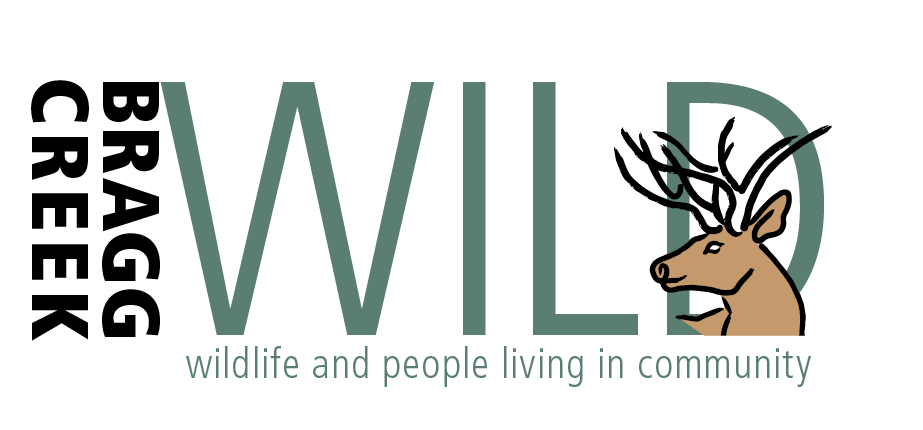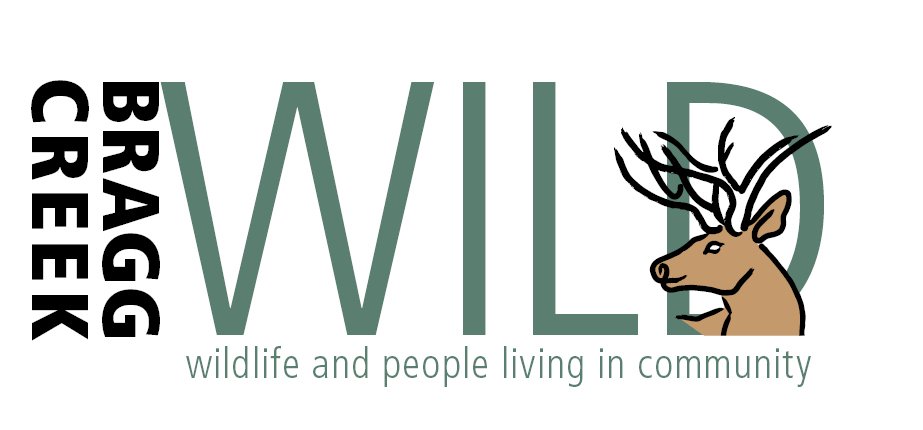
SCIENTIFIC TERMS AND BUZZ WORDS
Helping our wild neighbours requires an understanding of their behaviour and where they live. BCW has collected a few resources to help clarify the basic terminologies and concepts associated with wildlife and habitats.
-

An Ecosystem
Is a geographic area where plants, animals, and other organisms, as well as weather and landscape, work together to form a bubble of life.* In a healthy ecosystem, a wide variety of animals, plants, insects and micro-organisms are able to co-exist, supporting and interacting with each other. An example is the foothills ecosystem we have here.
-

Habitat
is the landscape wildlife (and plants) need to survive, where they can find food, shelter, where they can mate and where they can give birth. Here in this area we have the right kind of landscape for many wild neighbours to meet those needs. Here we share the landscape with bears, moose, fox, deer, cougars, coyotes, beavers, bats, crows, owls and more.
-

Degraded Habitat
may actually look as though it’s functioning well, but a range of problems can render it incapable of supporting native wildlife. This might be because of invasive species (like certain garden plants), pollution, some types of development, or activities on the landscape that make wildlife move out of the area. This can lead to the disappearance of native wildlife from an area, as has happened over the years with some local elk herds.
-

Corridors
Wildlife need to move from place to place to meet their different needs, so the pathways they use to move between locations are extremely important. Moose prefer our willow-rich wetlands, deer prefer the aspen parkland around some of our homes, and bears frequent the edges of the spruce and pine forest etc. For food, we know coyotes prefer to predate on mice and snowshoe hare, cougars prefer to feed on deer, and wolves and grizzlies prefer young and sick moose and elk - and these are found in different habitats. The animals need to move between where they prefer to live, and where they have to go to find prey.
-

Fragmentation
happens when there’s a flood, a fire, construction, road building etc. which stops the animals from moving between the locations that support their needs. When there’s a route used by wildlife to move through or across the barrier, this is known as a ‘corridor’. Road signs in some mountain parks alert drivers to these. Bragg Creek is home to significant wildlife corridors, such as the route across the Elbow from Two Pine to the Provincial Park area.
-

Protection
of the ecosystem and of wildlife habitat starts with knowledge of what is there, and what the local wildlife needs. Our mapping project is working towards this. We're working to locate the preferred habitats and corridors of our local wild neighbours. Without this knowledge, we can't begin to make informed decisions about the best ways forward.
-

Ecological Integrity
Wildlife has healthy habitat to thrive.
The ability of an ecological system to support and maintain a community of organisms that has species composition, diversity, and functional organization comparable to those of natural habitats within a region.
-

Biodiversity
“Biodiversity is all the different kinds of life you’ll find in one area—the variety of animals, plants, fungi, and even microorganisms like bacteria that make up our natural world. Each of these species and organisms work together in ecosystems, like an intricate web, to maintain balance and support life. Biodiversity supports everything in nature that we need to survive: food, clean water, medicine, and shelter.” (World Wildlife Federation)
-

Habitat connectivity
“Wildlife move both daily and seasonally to survive. However, the habitats animals rely on continue to be fragmented by housing, roads, fences, energy facilities, and other man-made barriers. As a result, animals are struggling more and more to reach food, water, shelter, and breeding sites.” (National Wildlife Federation)
-

Wildlife Displacements
Wildlife displacement occur as a result of habitat loss due to habitat fragmentation, land degradation, cumulative use of land or human development. Wildlife must move away from their habitat to feed, reproduce and survive. (photo credit -from Banff Buzz)
-
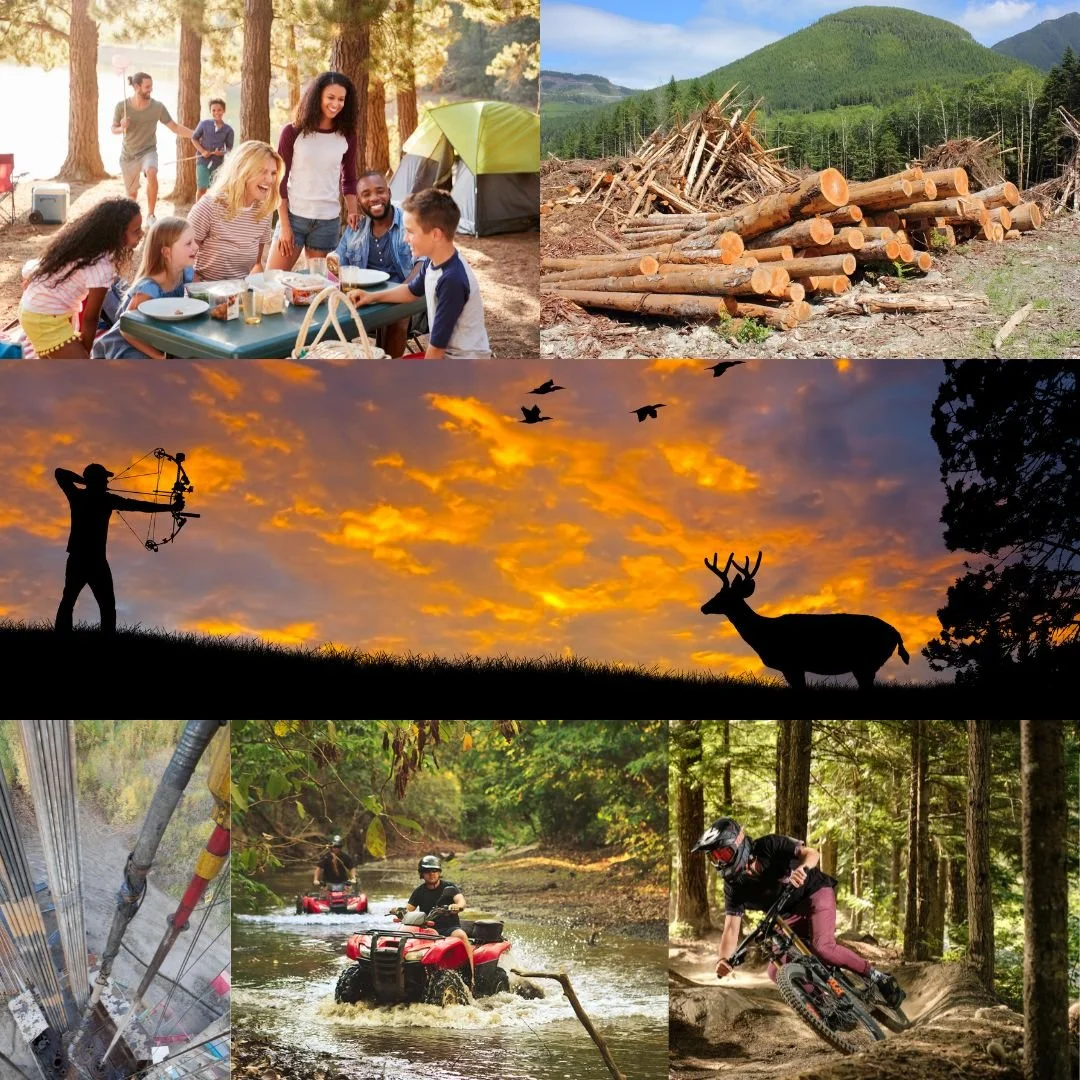
Cumulative Impact
Refers to the overall impact of human activities on wild habitat including industry, tourism, development and recreation. Cumulative Impact can lead to habitat loss through degradation. fragmentation and "wear and tear".
-

Habitat Loss
Habitat loss refers to the reduction in space where a particular species, or group of species can survive and reproduce. When an ecosystem has been dramatically changed by human activities—such as agriculture, industry, or commercial development —it may no longer be able to provide the food, water, cover, and places to raise young that wildlife need to survive. (photo credit photo credit - Interagency Grizzly Bear Committee)
-
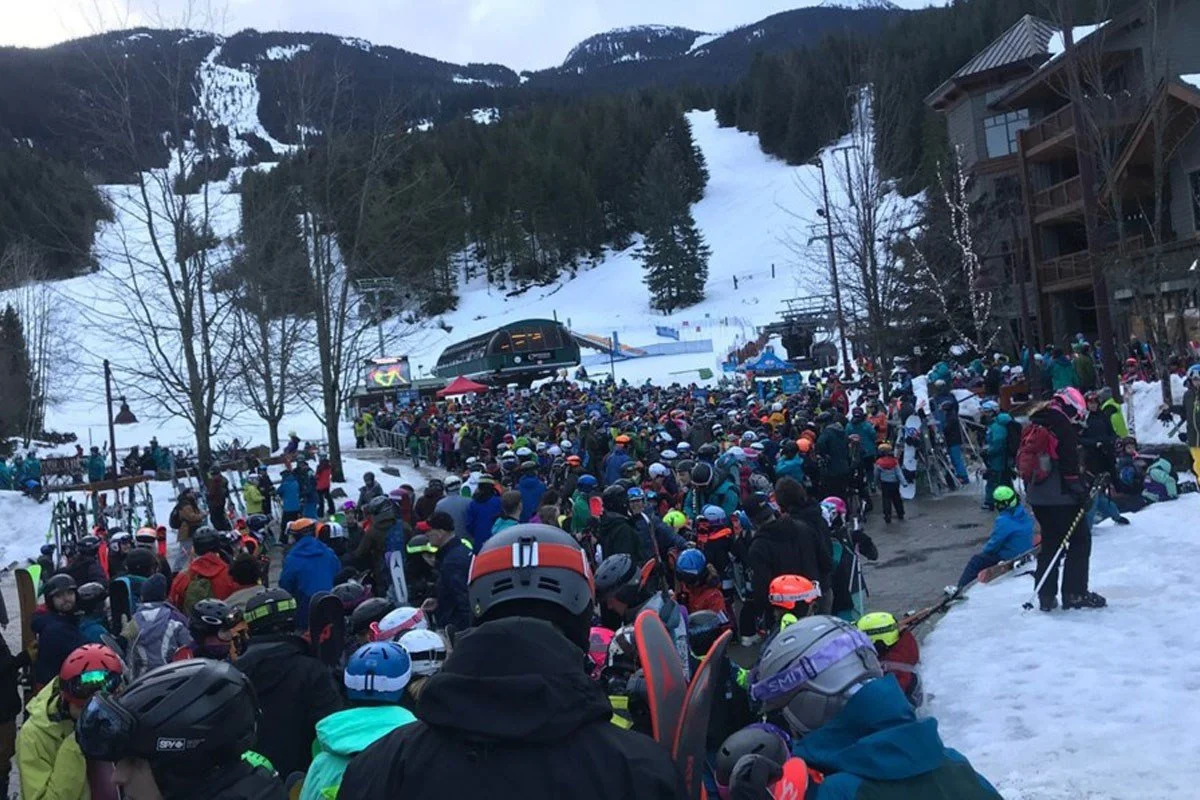
Unplanned Tourism
Overtourism happens when the number of tourists or the management of the tourism industry in a destination or attraction becomes unsustainable. When there are too many visitors, the quality of life for the local community can diminish, the surrounding natural environment can be negatively affected, and the quality of the tourists' experience can decline. (Credit Treehugger)
-

Sustainable Tourism
“Tourism that takes its current and future economic, social and environmental impact, addressing the needs of visitors, the industry, the environment and host communities. End goal is to maintains healthy wildlife habitats for enjoyment over the long term.
-
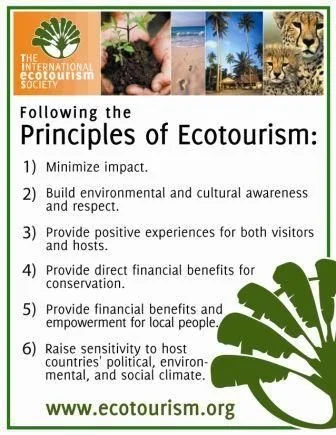
Eco Tourism
Is the responsible travel to natural areas that conserves the environment and improves the well-being of local people.
-

Regenerative Tourism
Regeneration takes a 'whole systems' approach and actually makes the environment better.
It imply that we actively improve environmental and social systems to encourage an attitudinal shift by the users.
It recognize the idea that without healthy natural assets the viability of what we hold dear will be negatively impacted including wildlife, quality of life and even, the local business.
Examples of approaches supporting regenerative tourism include establishing “Quiet time away from humans”, providing sufficient habitat / spaces for wildlife to thrive, insuring a clean natural healthy habitat and a balanced ecosystem.
Other informative recources
-

Alberta Birds Checklist
-

Important Bird and Biodiversity Areas of Alberta
